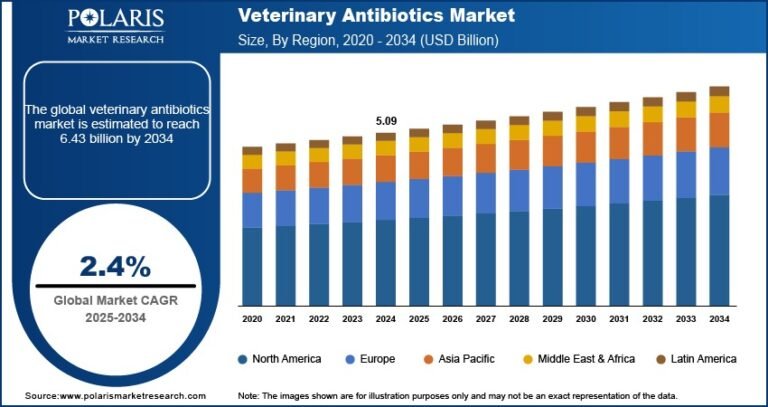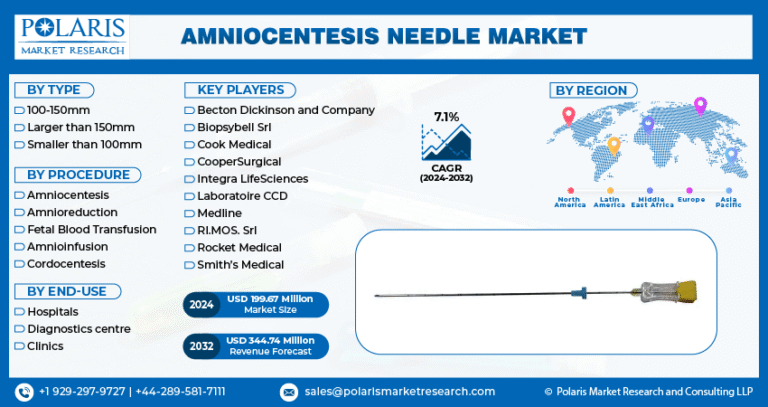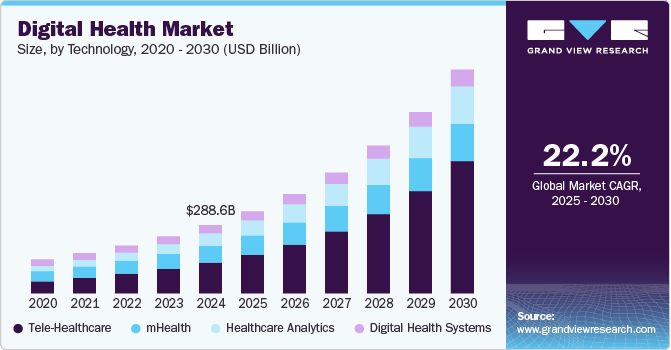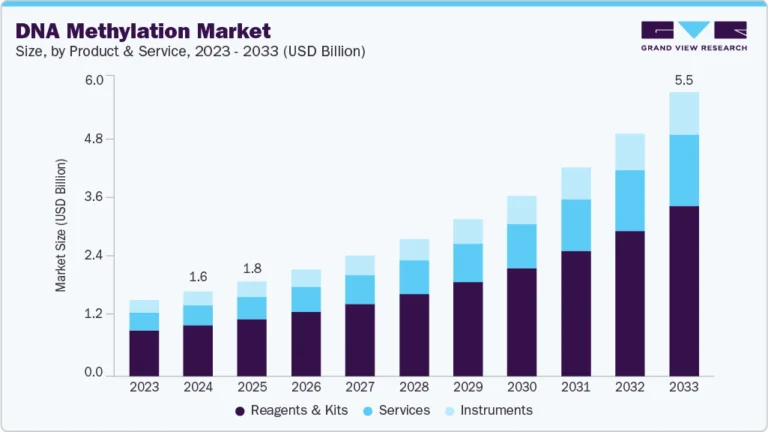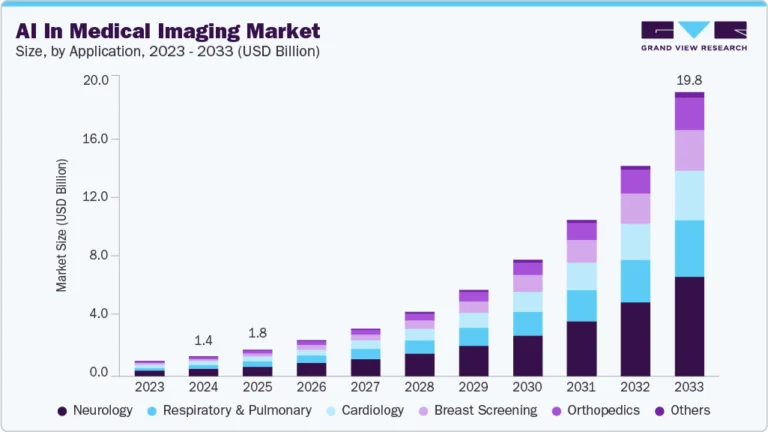Geriatric Medicines Market forecasted to grow to USD 340.50 billion by 2034, at a CAGR of 7.5%.
The geriatric medicines market was valued at USD 165.99 billion in 2024 and is expected to grow from USD 177.60 billion in 2025 to USD 340.50 billion by 2034, demonstrating a compound annual growth rate (CAGR) of 7.5% over the forecast period from 2025 to 2034. The geriatric medicines market is fueled by the expanding global elderly population and the increasing incidence of chronic and age-related illnesses, including cardiovascular diseases, diabetes, arthritis, and neurodegenerative conditions.
Geriatric Medicines Market – Trends & Insights
- Rising Global Aging Population
The growing elderly population worldwide is significantly increasing the demand for geriatric medicines, especially for managing chronic illnesses like arthritis, cardiovascular diseases, and neurodegenerative conditions. - Increased Focus on Polypharmacy Management
With older adults often taking multiple medications, there’s a growing emphasis on safe and effective polypharmacy management, driving innovations in drug formulation, packaging, and monitoring. - Expansion of Home-Based and Long-Term Care Services
The rise in home healthcare and long-term assisted living facilities is boosting the demand for convenient and easy-to-administer geriatric drugs, including transdermal patches and liquid formulations. - Development of Geriatric-Specific Drug Formulations
Pharmaceutical companies are increasingly developing age-appropriate drug formulations that cater to the physiological needs of older adults, including modified-release drugs and reduced-dose therapies.
Market Size & Forecast
- Market Size Value (2025): USD 177.60 billion
- Revenue Forecast (2034): USD 340.50 billion
- CAGR (2025–2034): 7.5%
𝐆𝐞𝐭 𝐄𝐱𝐜𝐥𝐮𝐬𝐢𝐯𝐞 𝐒𝐚𝐦𝐩𝐥𝐞 𝐏𝐚𝐠𝐞𝐬 𝐨𝐟 𝐓𝐡𝐢𝐬 𝐑𝐞𝐩𝐨𝐫𝐭:
https://www.polarismarketresearch.com/industry-analysis/geriatric-medicines-market/request-for-sample
Market Overview
The geriatric medicines market is witnessing sustained growth as aging populations across both developed and emerging economies lead to increased healthcare needs. Elderly individuals are more susceptible to chronic diseases, requiring continuous pharmaceutical intervention for disease management and improved quality of life. As a result, the market is being driven by rising healthcare expenditures, expanded access to medical care, and a greater focus on preventive and personalized treatment approaches for seniors.
Innovation in drug development tailored specifically to the geriatric demographic is another key factor shaping the market. These include medications with improved absorption, lower side effects, and easier administration methods. Additionally, government initiatives promoting elderly health programs and investments in geriatric infrastructure are reinforcing the overall demand. The market is expected to continue expanding as the global healthcare sector adapts to meet the complex medical needs of the aging population.

